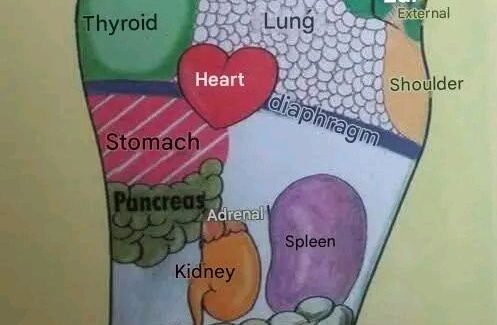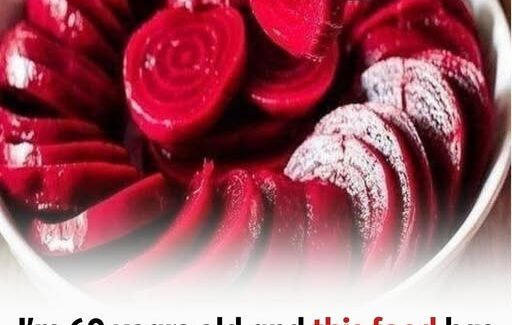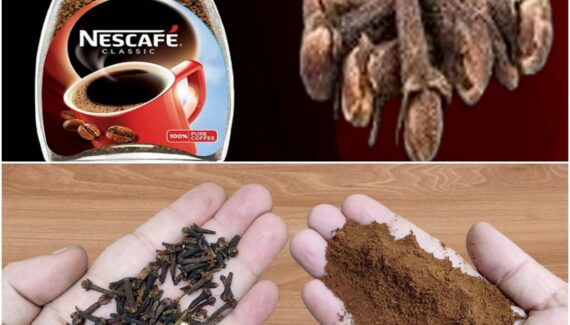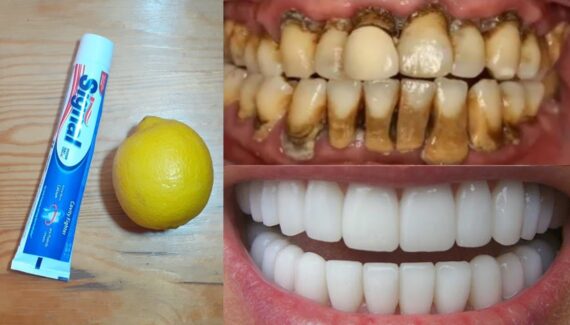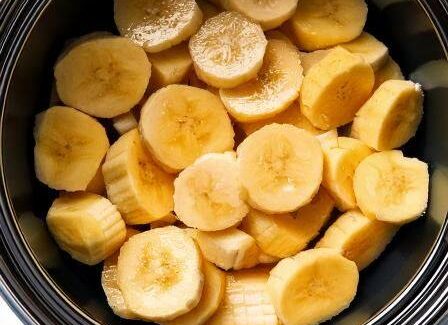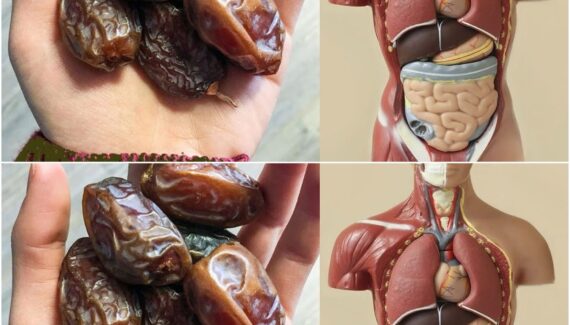
Factors That Influence Pasta Color
- Type of Wheat Used: The best pasta is made from 100% durum wheat semolina. This wheat gives pasta a deep yellow tone and a firm bite. Lower-quality pasta may use softer wheat, resulting in a lighter, more fragile product.
- Drying Process: Traditional, slow-dried pasta retains its natural golden hue and rich flavor. Rapid industrial drying at high temperatures can bleach pasta to a duller, more brittle state.
- Artisanal vs. Mass Production: Handcrafted or small-batch pasta often maintains a richer color due to careful ingredient selection and traditional drying techniques. Mass-produced pasta can lose its vibrancy in pursuit of efficiency.
Why Does Color Matter?
A golden hue doesn’t just indicate visual appeal—it’s a promise of better taste and texture. High-quality pasta holds its shape better when cooked, absorbs sauce more effectively, and delivers a satisfying, al dente bite. In contrast, pale pasta is more prone to breaking down or becoming mushy.
How to Choose the Best Pasta
When shopping for pasta, let your eyes guide you:
- Look for a warm, golden-yellow tone as a sign of high-quality durum wheat.
- Check the label for “100% durum wheat semolina” to ensure superior ingredients.
- Opt for pasta dried using traditional methods for better flavor and texture.
Next time you’re at the store, pay attention to the color. It’s more than just aesthetics—it’s a window into the quality and care behind every bite of your favorite pasta dish.
